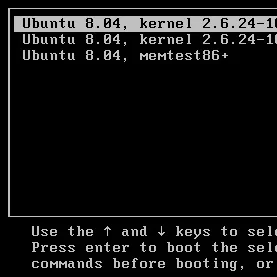VFX & Animation Studios Urged To Upgrade To RHEL 9 Or Rocky Linux / AlmaLinux 9

VFX Reference Platform is known for publishing an annual list of software recommendations such as compiler versions to target on each operating system (Windows / macOS / Linux), minimum deployment targets for macOS, Qt / Python / Numpy / OpenEXR / OpenVDB components to target for a given year, and various other software versions based on industry feedback and interactions with various content creators and studios.
In finding much of the industry is still on CentOS Linux 7, the past number of months the industry group has been preparing a recommendation group of Linux distribution(s) to use moving forward -- particularly with CentOS 8 (non-Stream) being end-of-life and shaking things up there.
Their newly-published report recommends that artist workstations running Linux move to Red Hat Enterprise Linux 9.x or a binary-compatible rebuild like AlmaLinux 9.x or Rocky Linux 9.x. They encourage this to happen no later than 2024 for those still on CentOS 7.
For digital content creation software vendors, they recommend building their products on at least RHEL 8.x and to qualify for all RHEL 9.x point releases. Ideally this official software support for RHEL 9.x would happen by/in 2023.
As for RHEL taking the top recommendation, it's based on the feedback from studios and all the existing infrastructure, tooling, and expertise around RHEL/CentOS within the industry. Also considered as part of the evaluation criteria was each Linux distribution's reliability, adoptability, lifecycle, and future features.
VFX Reference Platform has issued their 2022 Linux distribution guidance for VFX and animation studios relying on Linux.
The report does toss some praise to Ubuntu as a secondary contender in this space:
Ubuntu is an excellent Linux distribution with many compelling benefits, so a secondary recommendation is that in the longer term all software vendors should consider providing equal support for both RHEL and Ubuntu. This should only be considered once the primary recommendation above has been addressed.
Longer-term the group hopes Linux to become more competitive at large with macOS and Windows for the needs of digital artists:
In the longer term, the community should pool know-how and effort to elevate the professional artist workstation experience on Linux to be at least on a par with, and hopefully exceed, Windows and macOS. New virtualization and containerization technologies should enable more flexibility, and increased interoperability, so that studio workstations with different operating systems can more easily co-exist with each other. Software vendors and studios should work together to ease the adoption of Linux for studios that want to increase its use on workstations. Finally, better community coordination can help increase the ease and frequency of software updates. This would help the whole community to adopt new capabilities more quickly, and use more recent releases that offer better security, performance, and functionality.
The Academy Software Foundation, Autodesk, Epic Games, the VFX Linux Task Force, and other organizations were involved in the creation of this report along with Linux software vendors like Red Hat and Canonical.
Those wishing to read the VFX industry Linux OS recommendations can find the report in full at vfxplatform.com.

